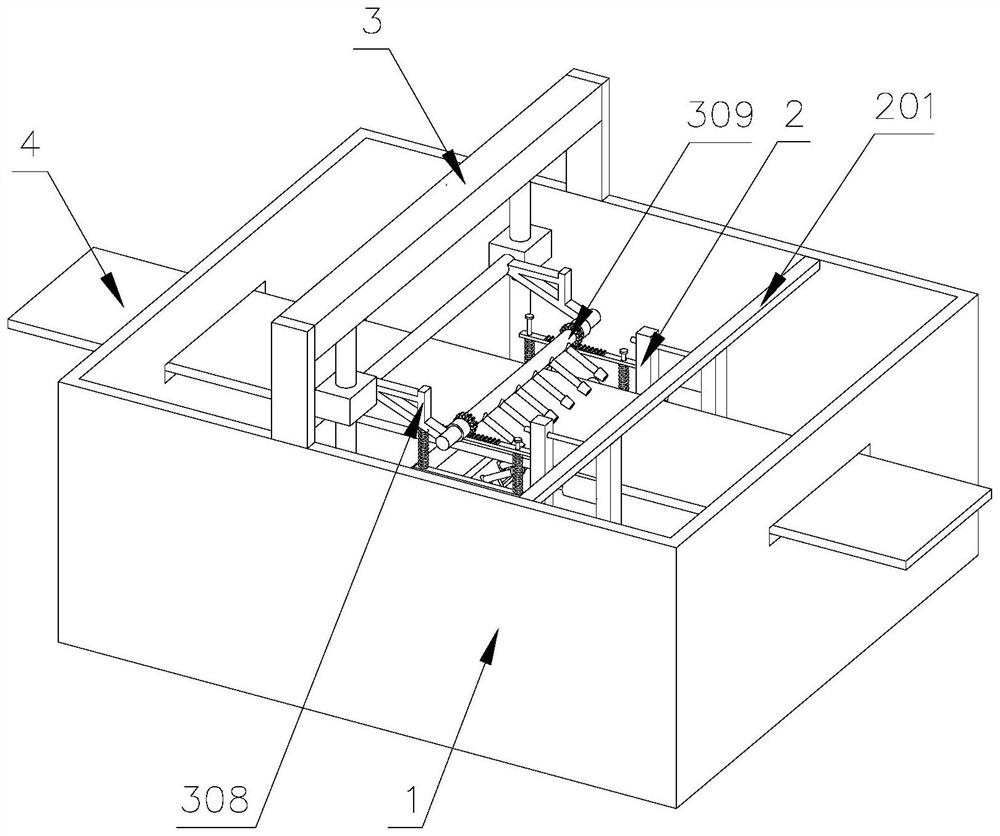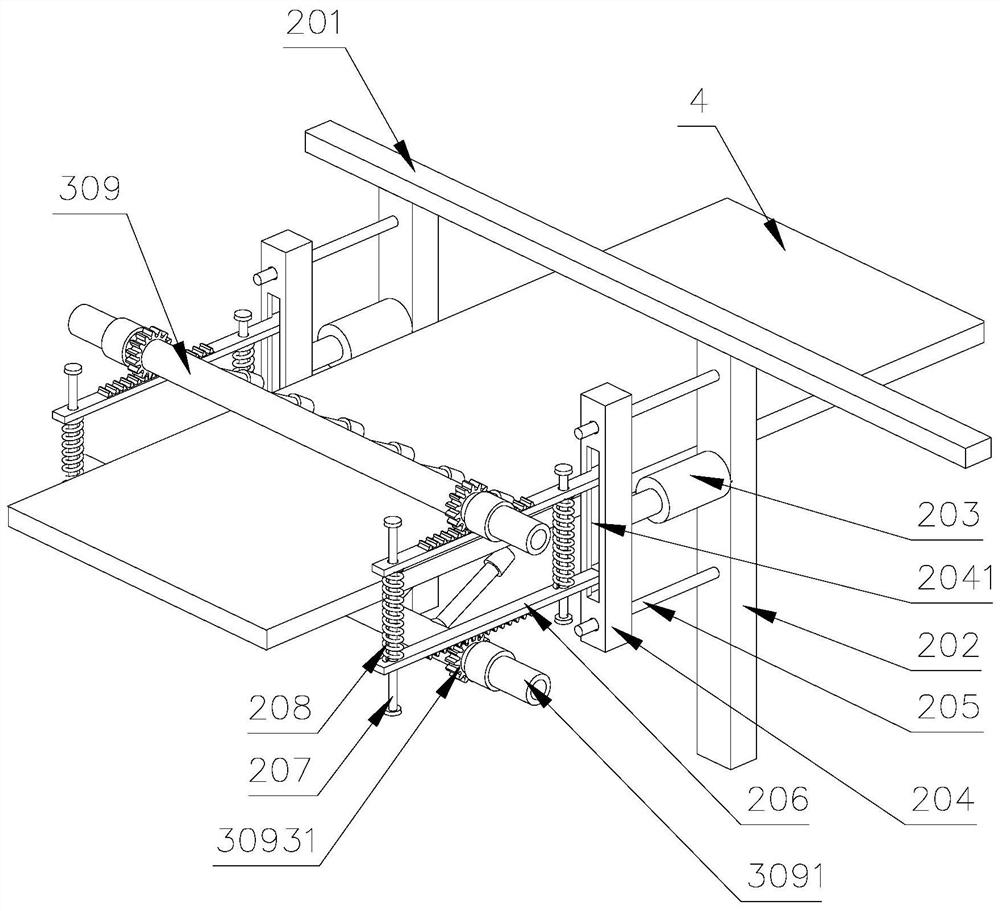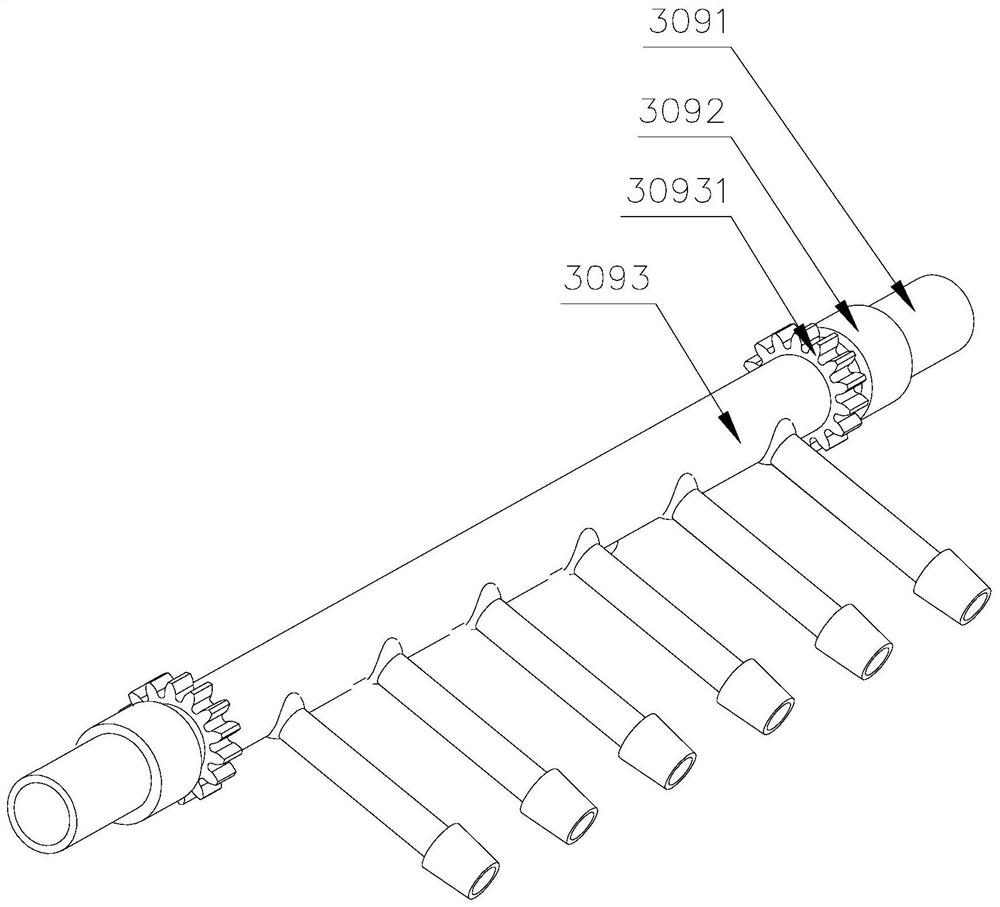A kind of 430 stainless steel and rolling method thereof
A technology of stainless steel and stainless steel plate, applied in the direction of metal rolling, metal rolling, rolling force/roll gap control, etc., can solve the problem of increasing the degree of difficulty in peeling off the strip blank and the roll, increasing the bonding area between the strip blank and the roll, and the surface layer of stainless steel Easy to wrinkle and other problems, achieve the effect of improving the load distribution of finishing rolling, reducing the cohesion rate, and reducing the contact area
- Summary
- Abstract
- Description
- Claims
- Application Information
AI Technical Summary
Problems solved by technology
Method used
Image
Examples
Embodiment 1
[0029] A 430 stainless steel rolling method, the chemical composition weight percent is: C=0.034%, Si=0.52%, P=0.022%, S=0.0033%, Mn=0.4%, Cr=15.8%, N=0.030%, Re =0.1%; the rest is Fe element and other unavoidable impurities;
[0030] Its rolling method concrete steps are as follows:
[0031] 1) Heating: Heating: Take the raw material slabs of the above components and enter them into the heating furnace for heating. The thickness of the slabs is 230 mm. Set it to 690°C, and the heating time is 82 minutes; after the preheating stage is completed, enter the heating stage for heating, the temperature is controlled at 1075°C, and the heating time is 52 minutes; 54min; After the second stage of heating is completed, enter the soaking section, the temperature is controlled at 1177°C, and the heating time is 48min; the total heating time is 236min; the second heating section and the soaking section are high-temperature sections, and the total time of the high-temperature section is ...
Embodiment 2
[0044] Compared with Example 1, the difference is;
[0045] Step 1) Heating: Get the raw materials of the above components into the heating furnace for heating in the preheating section. The temperature is 678°C, and the heating time is 80 minutes; after the preheating stage is completed, enter the heating stage for heating, the temperature is controlled at 1094°C, and the heating time is 50 minutes; after the heating stage is completed, enter the second stage of heating, the temperature is controlled at 1176°C, and the heating time is 50 minutes ; After the second stage of heating is completed, enter the soaking section, the temperature is controlled at 1180 ° C, and the heating time is 45 minutes; the total heating time is 225 minutes; the second heating section and the soaking section are high-temperature sections, and the total time of the high-temperature section is 95 minutes.
[0046] Step 3) Finish rolling: After the rough rolling is completed, the steel billet enters ...
Embodiment 3
[0049] Compared with Example 1, the difference is;
[0050] Step 1) Heating: Take the raw materials of the above components and enter the heating furnace for heating in the preheating section. The thickness of the slab is 220 mm. Set it to 650-720°C, and the heating time is 84.5 minutes; after the preheating stage is completed, enter the heating stage for heating, the temperature is controlled at 1060-1100°C, and the heating time is 53 minutes; after the heating stage is completed, enter the heating stage for heating, and the temperature is controlled at 1160 -1180°C, the heating time is 53 minutes; after the second stage of heating is completed, it enters the soaking section, the temperature is controlled at 1175-1185°C, and the heating time is 43 minutes; the total heating time is 227.5 minutes; the second heating stage and the soaking section are high temperature sections, The total time of high temperature section is 96min.
[0051] Step 3) Finish rolling: After the rough...
PUM
| Property | Measurement | Unit |
|---|---|---|
| thickness | aaaaa | aaaaa |
Abstract
Description
Claims
Application Information
 Login to View More
Login to View More - R&D
- Intellectual Property
- Life Sciences
- Materials
- Tech Scout
- Unparalleled Data Quality
- Higher Quality Content
- 60% Fewer Hallucinations
Browse by: Latest US Patents, China's latest patents, Technical Efficacy Thesaurus, Application Domain, Technology Topic, Popular Technical Reports.
© 2025 PatSnap. All rights reserved.Legal|Privacy policy|Modern Slavery Act Transparency Statement|Sitemap|About US| Contact US: help@patsnap.com



